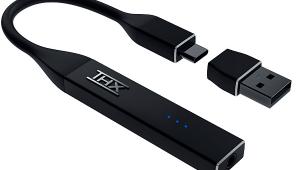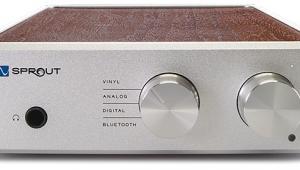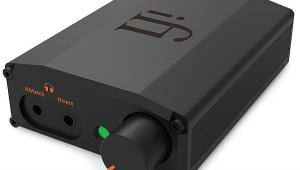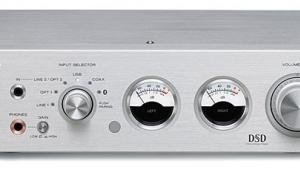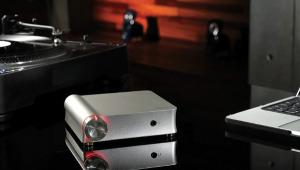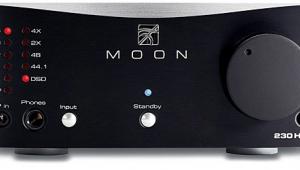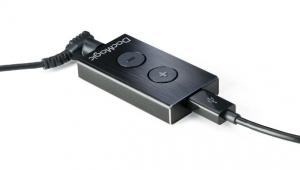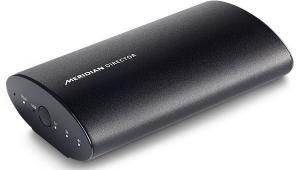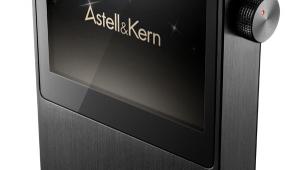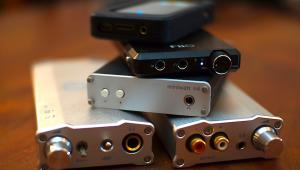Test Report: NuVo Technologies Wireless Audio System
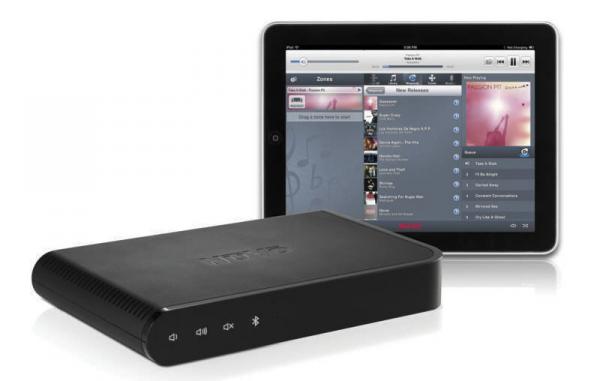
As a custom installer, I hear a lot of requests, andone of the things people ask for most is wireless audio. Sending music around the home without the hassle, cost, or mess associated with long runs of wire is the modern American audio dream.
However, when it comes to wireless music systems, only Sonos has really managed to carve out a name for itself. I’ve reviewed multiple systems from the likes of Yamaha, Linksys, and Russound, and they have all come up short when faced with the question “This or Sonos?” But I think I’ve finally found a worthy challenger to the wireless audio throne, from NuVo Technologies.
NuVo isn’t new to audio distribution, and it isn’t even new to a “no new wires” approach, having released a housewide system called Renovia that carries signals over a home’s electrical wiring. But the NuVo Wireless Audio System is its first entry into the wireless audio category. I first saw the system demonstrated at CEDIA in September 2012 and called it the most impressive new product at the trade show. So, yeah, I was pretty excited to get a system in for review.
Setup
“Wireless” might imply “simple installation,” but I can assure you that isn’t always the case. Sometimes there’s software to install, along with settings to configure and gremlins to squash. The NuVo system, however, is as easy to install as 1-2-3. In fact, when you open any of the component boxes, the only instructions included are in the form of a three-step list, with Step 2 being “follow the onscreen instructions” and Step 3 being “enjoy uninterrupted listening.”
Amazingly, installation was that simple. NuVo sent me three components for review: the GW100 Wireless Gateway and its P100 and P200 Wireless Players. If your home is thoroughly wired with Cat-rated cabling, and you don’t need any wireless audio zones, you could connect the players to your network and forget about the Gateway. However, since wireless is the big story here, I did all my testing and listening fully wireless.
Installation involves connecting the Gateway to some point on your network via Cat5 or 6 cable. Even though it transmits a powerful 802.11n signal, setting up the Gateway in a central point in the home would likely be the best choice for reliable communication between it and the players. (Multiple Gateways can be used if need be.) The Gateway features a 5-port gigabit speed switch to connect additional network devices, but its Wi-Fi signal can’t be used for surfing the Web, just streaming audio to the players— a limitation that guarantees maximum quality-of-service for wireless music.
The system can support up to 16 players, all of which need to be plugged into a nearby power outlet and wired up to speakers.The P200 player offers increased power output over the P100 (60 watts x 2 versus 20 watts x 2) and adds Bluetooth streaming. Both the P100 and P200 feature high-quality speaker binding posts, allowing for a solid connection using heavy-gauge wire.For my tests, I connected the P200 to Definitive Technology SM55 bookshelf speakers and the P100 to Definitive Technology Mythos Five towers.
Both players have a USB connection to access music locally, along with a mini-jack line input and output. These let you access audio from any device with an analog output — cable or satellite box, Apple AirPort, Kaleidescape, etc. — as well as hook up a subwoofer, listen with headphones, or connect a separate amp. (The P200 has an additional connector labeled “Setup Mic” that is currently unused.)
Once connections were made, I installed the NuVo control app on both my iPhone5 and iPad. (Android is also supported.) The app walks you through activating the system, a simple process where you press a couple of buttons on the front of each player and then name it. There are numerous icons to choose from, and you can enter any zone name you like for easy identification.
NuVo supports Rhapsody, Sirius/XM, Pandora, and TuneIn, and you configure all your account info for those services via the app. Streaming music from a networked computer or drive requires NuVo’s Music Share software (both Mac and PC supported). Once it’s installed, you direct the program to the stored music location; it then scans the files, and the music is available for streaming. Music Share periodically scans for new music on its own, but you can also “force” a scan, which is useful if you add music and want to hear it right away.
Each player has settings for configuring bass, treble, balance, and loudness. The players also incorporate Audyssey Dynamic Volume, a technology that keeps volumes at a more consistent level. I found this worked as it should, but I prefer leaving any such feature turned off, and even NuVo recommends not using it for “critical listening scenarios.”Another really useful feature is the ability to run the system in mono, with the left and right audio signals summed into identical outputs for each speaker. This works great in large rooms/areas where you are far from the individual speakers— for example, my back deck, where the left and right speakers are positioned about 30 feet apart.
